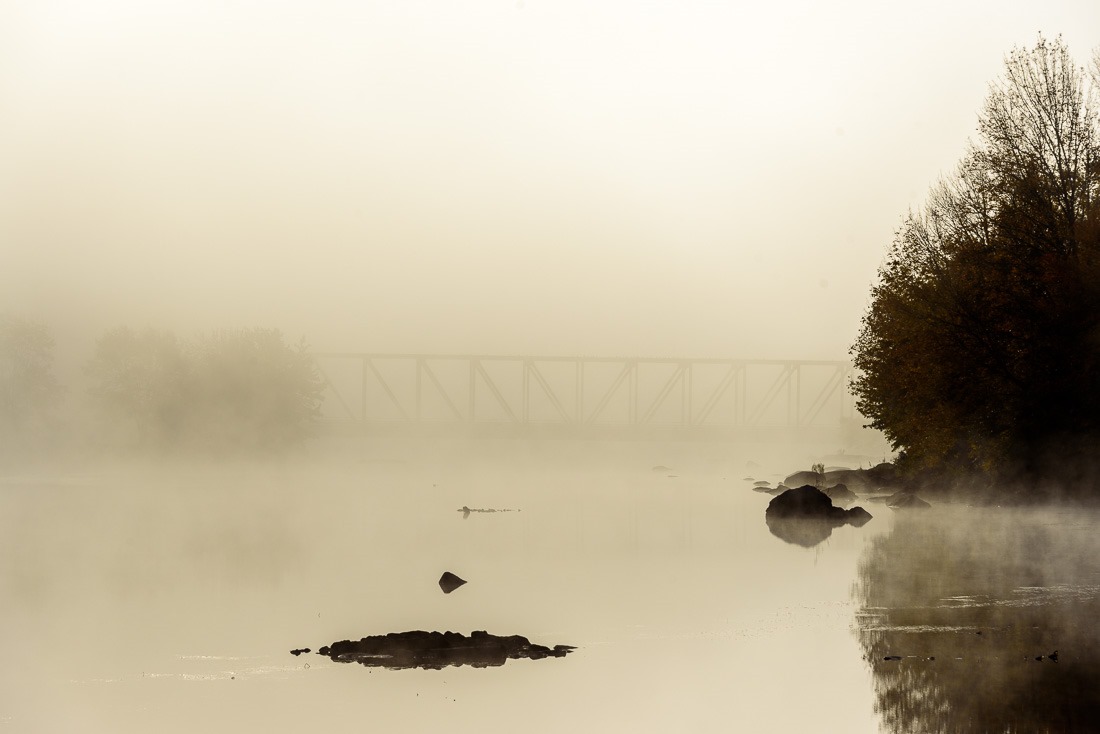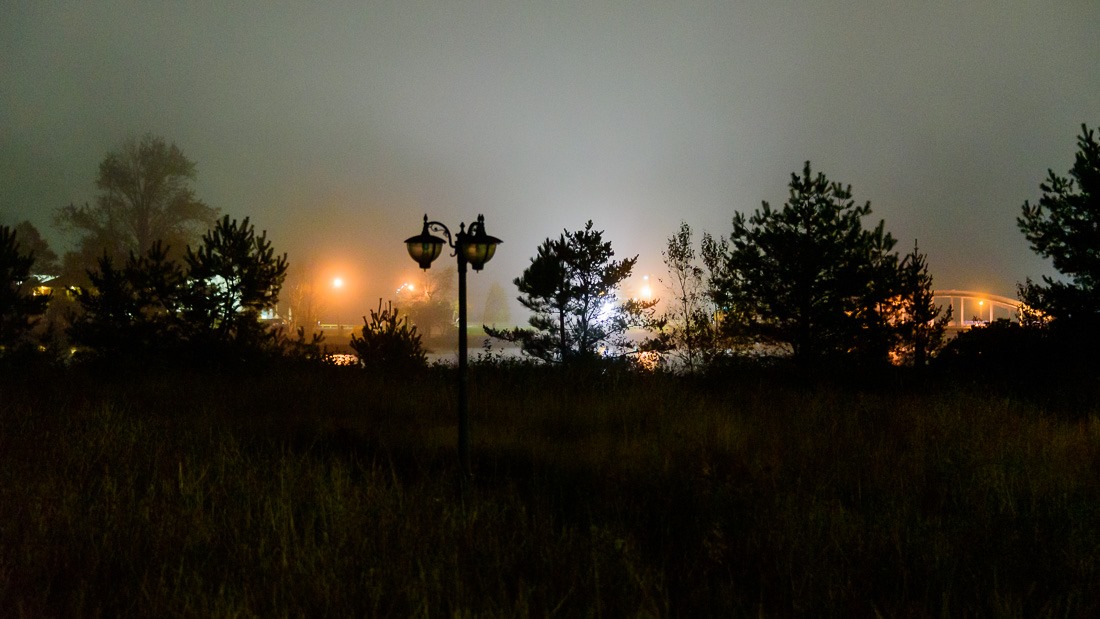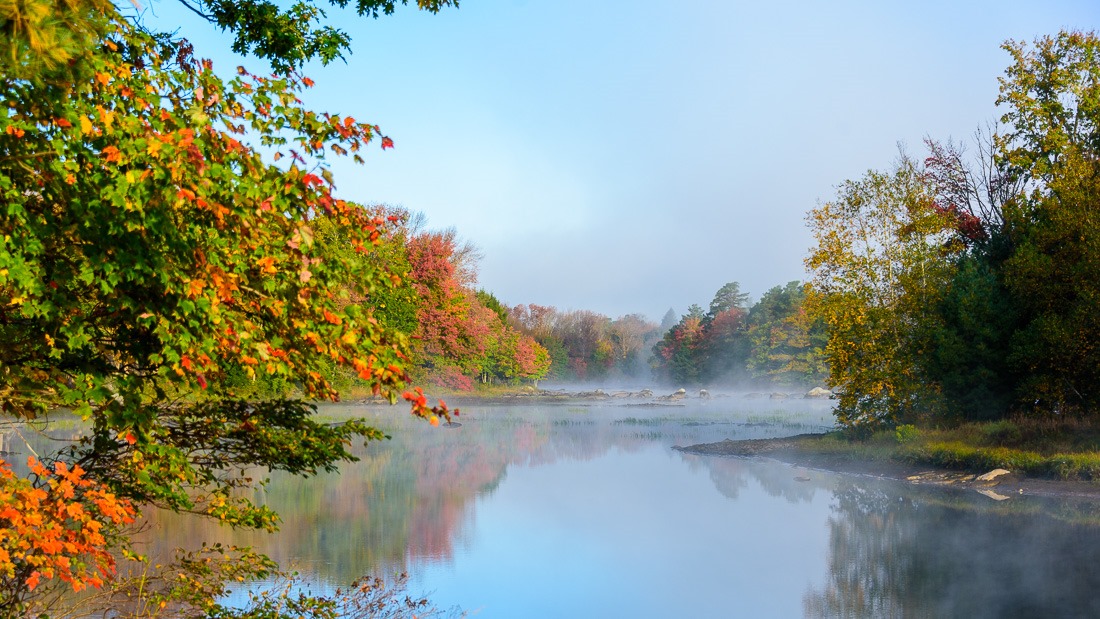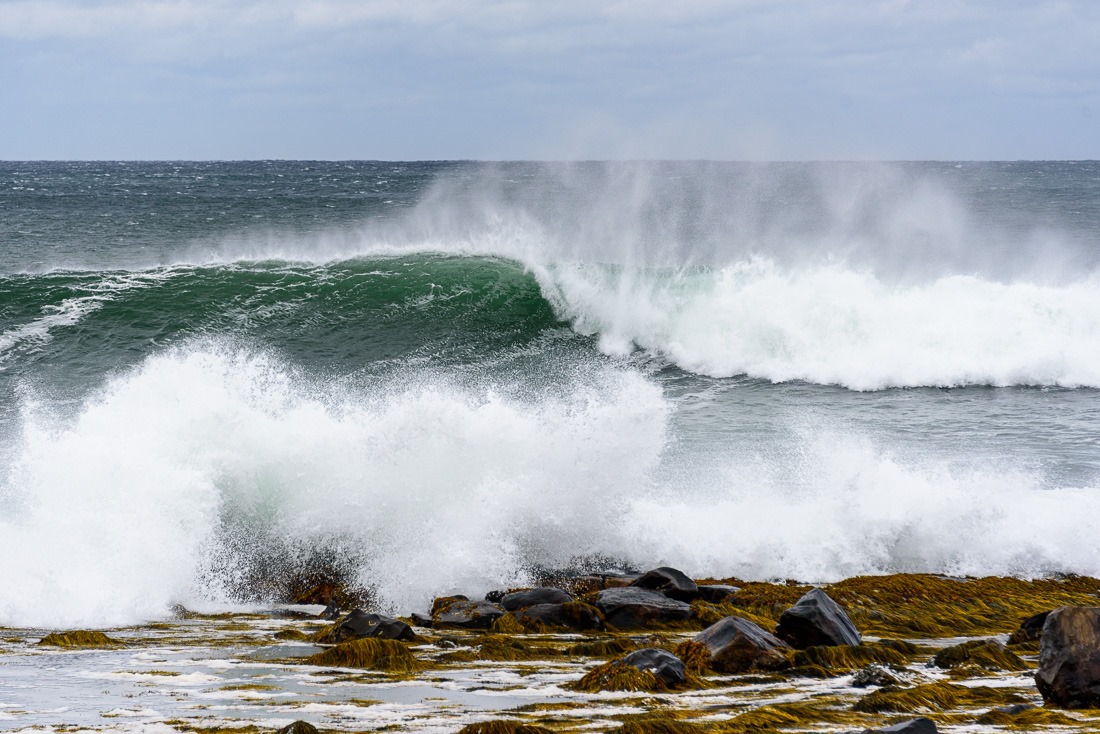Dark times are upon us once again. The nights have outgrown the days, darkness starts around 5pm. It’s time to bundle up, warm up the chocolate milk and stay in bed.
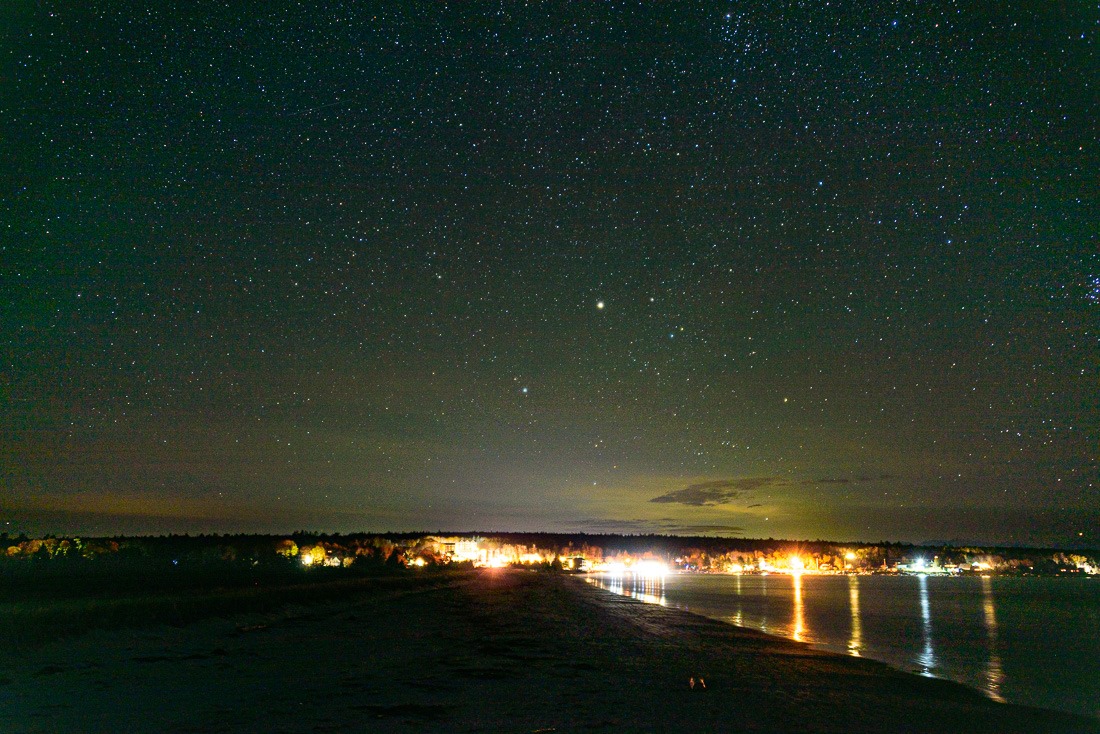
Nothing to do outside, even inside, everything is already done and redone, so this is a time for rest and recovery. Or is it?

